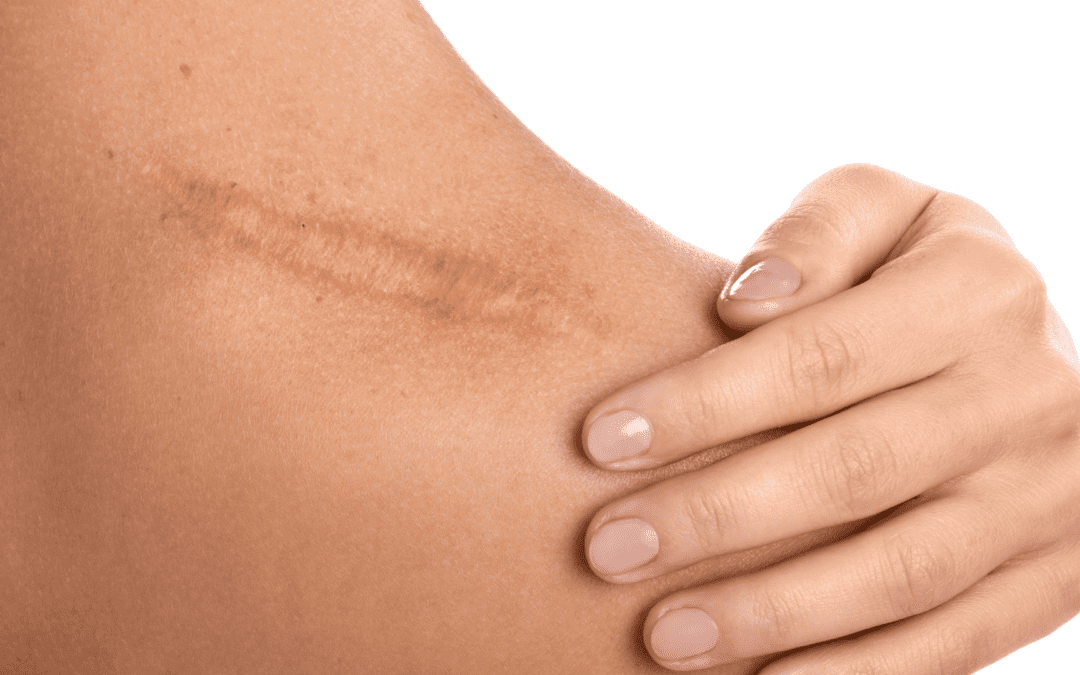We talk a lot about how it FEELS to have High Cortisol. BUT what about how it looks on the outside? After college I was seriously grinding in the corporate world and commuting 3 hours a day. I was sick all the time. It would be another 20 years before I understood that my stressful life was causing my body to use up all my Cortisol so my adrenal glands were then using up other hormones, especially progesterone to keep up with the demand of STRESS.
- FYI: High Cortisol FEELS like: Tired but wired, exhausted even after sleeping, anxious, zero seggs drive, PMS and mood swings
- FYI: High Cortisol LOOKS like: Stretch marks, slowly healing wounds, hump at the back of your neck (dowager’s hump) and a flushed, rounded face.
How to tell if you’re addicted to high cortisol
- Your Morning Rituals are rooted in reactivity — You wake up and immediately your fingers are drawn to your phone. You’re checking emails or lost in the sinkhole of social media. This instant bolt of information acts as an artificial sunrise that kickstarts the cortisol surge.
- Breakfast — An Omission Fueled by Caffeine — Coffee becomes more than a beverage; it is your sustenance for the trek to work. The thought of solid food doesn’t even cross your mind amidst the grind of getting to your desk. This habitual fasting may be teetering on stress, not wellness.
- The Deskbound Dining Experience — Lunchtime is simply another task in your calendar, often ignored for productivity’s sake. A grab-and-go meal at your desk amid the tap-tap-tap of the keyboard underlines the absence of a true nourishing break.
- Evening Rituals Centered Around Alcohol — Each night, unwinding is synonymous with wine. That glass of alcohol becomes the signal to decompress, yet unbeknownst to you, it’s possibly perpetuating the very cycle you wish to break.
- Leisure Time — A Parade of Passive Stimulation — How do you unwind? Is it passive consumption of screen after screen, Netflix rolling in the background as you scroll through TikTok? This is NOT the downtime your body and mind genuinely need.
Tips to Lower Cortisol
For us women grappling with hormone imbalances, recognizing these patterns isn’t an invitation for self-rebuke, but rather the first step toward transformation. Learning to self-regulate and lower cortisol has been a true awakening for me. It’s not merely about suppressing the joy or exhilaration that a high-paced lifestyle offers; it’s about discovering a sense of vitality and relaxation that isn’t fueled by external stressors.
The process involves concrete strategies to recalibrate your body’s response to daily stimuli. Simple changes like mindful mornings, regular meals savored away from work, and relaxation techniques that don’t depend on screens or spirits can realign both your cortisol levels and overall wellbeing. Seriously – understanding how to self-regulate and lower cortisol has been one of the greatest gifts I gave myself. It has literally changed how I relate to people and most importantly how I SHOW UP to the people who matter most (more on that below). ALSO – Don’t forget to make and MEET a morning protein goal. Eat a savory breakfast within an hour of waking that consists of 30-35g of protein to maintain blood sugar balance and kick afternoon fatigue and cravings to the curb.
Polyvagal Theory
We know from the Polyvagal Theory created by Dr. Stephen Porges that our nervous system, physiological responses, and emotional responses intertwine which is why breathwork, humming, gargling, singing, rebounding, bouncing and vibrating WORKS. I love combining breathwork with Lime Essential Oil because I immediately feel uplifted and I know using EO’s can get a little “woo-woo” for some us but thankfully there’s research to back up why this combo works (PMID: 37175176; PMID: 36552586) And if breathwork isn’t your thing – diffuse your favorite citrus essential oil while you bounce or vibrate! P.S. just make sure whatever essential oil you choose is therapeutic grade and organic, if possible.
As the old adage goes, knowledge is power. Understanding the signs of cortisol addiction is the springboard to a more harmonious life, and from there, the possibilities of balance, health, and true relaxation are endless. If you’re done running the relentless racetrack and yearning to redefine your relationship with day-to-day pressures, join me in this conversation. It’s time to refashion our routines into something more sustainable and gentle on our bodies.
Remember, the greatest gift you can give yourself isn’t another spin class or latte; it’s the gift of balance. And as always, I’m here sharing my experiences and learning from yours as we journey together towards peace and equilibrium.
Don’t forget to explore more of my blog posts and reach out if you have any questions.
The information provided in this blog post is for informational purposes only. The information is a result of years of practice and experience by Dr. Francesca LeBlanc. However, this information is NOT intended as a substitute for the advice provided by your physician. Do not use the information provided in this post for diagnosing or treating a health problem or disease, or prescribing medication or other treatment. Always speak with your physician or other healthcare professional before taking any medication or nutritional, herbal or homeopathic supplement, or using any treatment for a health problem. Please, do not disregard professional medical advice or delay in seeking professional advice because of something you have read on this website.


Recent Comments